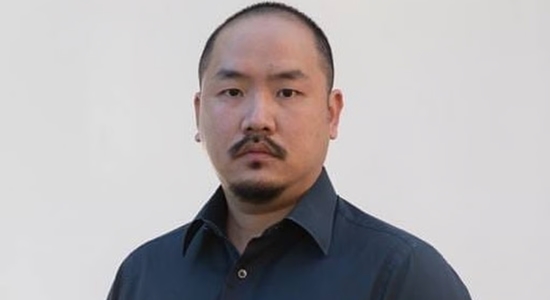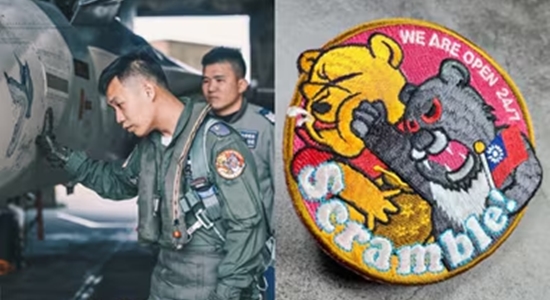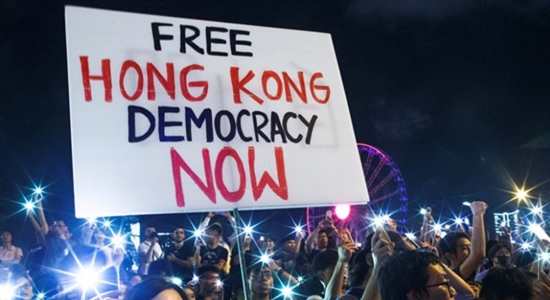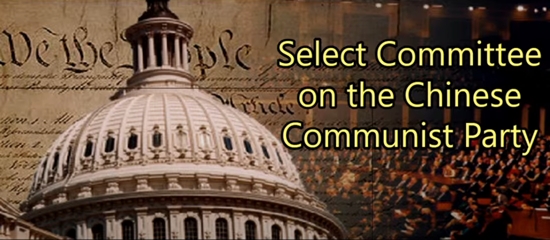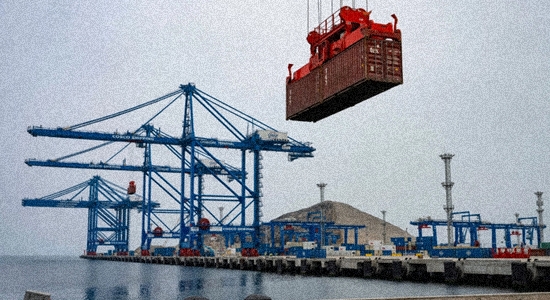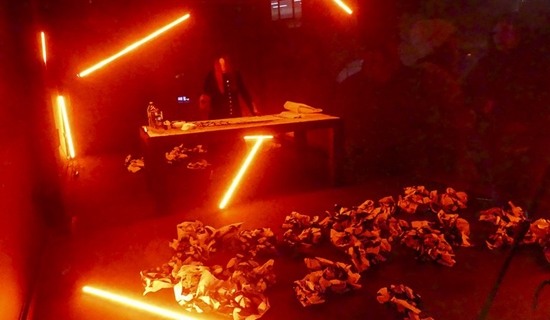
Chinese artist Xiao Lu just might convert me to “modern art,” which is not the same thing as art that happens to be created in the modern era. The conversion would be very limited—just to her own junky production, “Junk,” consisting of things made and destroyed within neon red-line boundaries arrayed in protest against the red lines of censorship imposed by the Chinese Communist Party—and for just a few minutes.
What constitutes “modern art,” products upchucked by many trends and movements, cannot be exactly defined, but it often has to do with rebellion against the nature of art as such, against art as recreation or imitation of reality, art as representational. Works of “modern art” tend to be arbitrary juxtapositions of things, not representing or meaning anything but their own nihilism. They don’t attempt art or meaning. But the person who does the juxtaposing may announce a meaning. At its worst, “modern art” is deliberately ugly and repugnant. At its least objectionable, it may at least be decorative, a good basis for wallpaper.
So I like Xiao Lu’s motive for making “Junk” more than the “performance art” itself (shown above). But Xiao is not exactly hiding the fact that it’s “Junk” (“Chinese artist hits back at party censorship with trashy performance,” Radio Free Asia, June 17, 2024).
A Chinese artist is hitting back at the Communist Party’s ongoing attempts to censor cultural expression even far beyond China’s borders with an exhibit in Sydney depicting the kind of “garbage” that gets produced when artists agree to stay within the government’s “red lines.”
As part of her performance art exhibit at Sydney’s Passage Gallery— titled “Junk,” which runs through July 19—Xiao Lu creates artwork live, but within a pattern of red neon strips, before crumpling it up and tossing it away like trash.
“The whole of the Passage Gallery exhibition hall is set up as a black space,” Xiao told RFA Mandarin at the launch of her exhibit. “There are red lights that represent China’s censorship of art exhibitions and free speech.”…
She said it’s not just in China that Beijing stifles creativity, however.
“Self-censorship by art institutions invades everyone’s soul,” Xiao said, adding that even exhibition venues in Australia can be wary of annoying the Chinese government.
Kacey Wong, an escapee from Hong Kong who is now based in Taiwan, agrees that much of the Chinese art shown overseas fits a CCP-approved mold.
“They take ancient Chinese culture and add various Communist Party-influenced elements to it, then export it as a form of soft-power infiltration and soft-power confrontation,” he says.
“The Chinese Communist Party turns every walk of life into a battlefield.”

